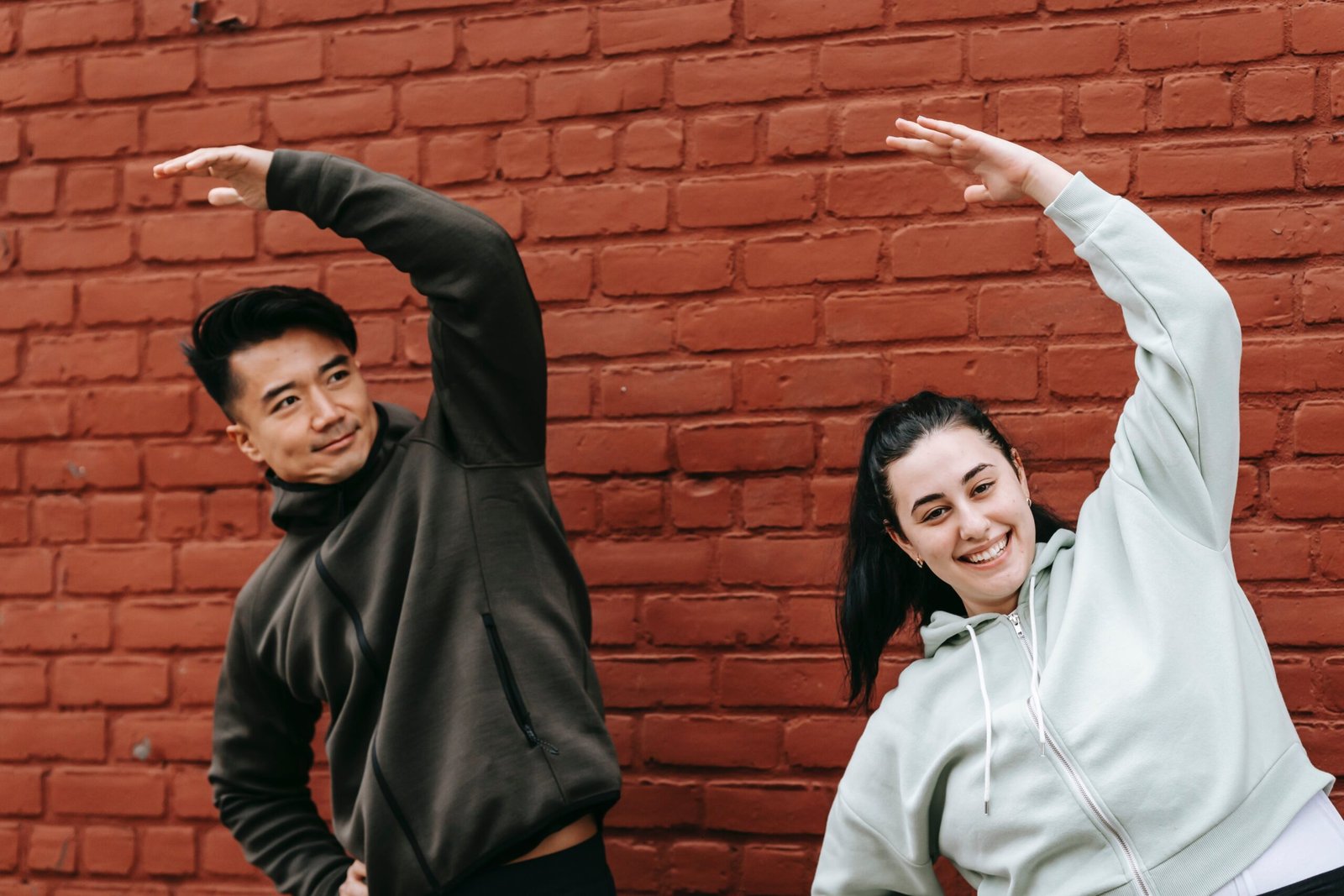10 Best Warm-Up Exercises to Do Before You Work Out
A warm-up is any activity that helps to prepare the body and mind for strenuous activity. It has four key components: general warm-up, static stretching, sports-specific warm-up, and dynamic stretching. The importance of a structured warm-up routine should not be underestimated when it comes to preventing sports injuries. A proper warm-up has several important key components, which work together to prepare the individual for athletic performance and minimize the likelihood of sports injury from physical activity.
Here are some warm-up exercises that you can do before your workout to help reduce the risk of injury and improve your performance:
Bodyweight squats: 10 Best Warm-Up Exercises to Do Before You Work Out
This exercise helps warm up the glutes and hip flexor muscles, the quadriceps, abs, calves, and hamstrings. Stand with your feet hip-width apart and your toes pointing straight ahead or slightly outward. Hinge your hips backward while bending your knees and keeping the weight on your heels. Repeat for 10-15 reps.
90-90 Bird dog:10 Best Warm-Up Exercises to Do Before You Work Out
This exercise helps activate the core muscles and improve balance. Start on your hands and knees with your wrists under your shoulders and your knees under your hips. Extend your right arm and left leg simultaneously, keeping your back straight. Hold for 2-3 seconds and then return to the starting position. Repeat with the opposite arm and leg. Do 10-15 reps on each side.
Banded row: 10 Best Warm-Up Exercises to Do Before You Work Out
This exercise helps activate the back muscles and improve posture. Loop a resistance band around a sturdy object and hold one end in each hand. Step back until the band is taut and your arms are extended in front of you. Pull the band towards your chest, squeezing your shoulder blades together. Release and repeat for 10-15 reps.
Inchworms: 10 Best Warm-Up Exercises to Do Before You Work Out
This exercise helps improve flexibility and mobility in the hamstrings and lower back. Stand with your feet hip-width apart and your arms at your sides. Bend forward at the waist and place your hands on the ground. Walk your hands forward until you are in a plank position. Walk your feet forward to meet your hands. Repeat for 10-15 reps.
Wall angles: 10 Best Warm-Up Exercises to Do Before You Work Out
This exercise helps improve posture and mobility in the shoulders. Stand with your back against a wall and your feet about 6 inches away from the wall. Raise your arms to shoulder height and bend your elbows to 90 degrees. Slowly slide your arms up the wall until they are straight. Lower your arms back down to the starting position. Repeat for 10-15 reps.
Lunge with the hip opener: 10 Best Warm-Up Exercises to Do Before You Work Out
This exercise helps improve hip mobility and flexibility. Start in a lunge position with your right foot forward and your left foot back. Place your hands on your right knee. Rotate your torso to the right and raise your right arm towards the ceiling. Hold for 2-3 seconds and then return to the starting position. Repeat on the opposite side. Do 10-15 reps on each side.
- Gate opener: 10 Best Warm-Up Exercises to Do Before You Work Out
This exercise helps improve hip mobility and flexibility. Start in a standing position with your feet hip-width apart. Lift your right leg and place your right ankle on your left knee. Bend your left knee and lower your body towards the ground. Hold for 2-3 seconds and then return to the starting position. Repeat on the opposite side. Do 10-15 reps on each side.
Arm circles with reach: 10 Best Warm-Up Exercises to Do Before You Work Out
This exercise helps improve shoulder mobility and flexibility. Stand with your feet hip-width apart and your arms at your sides. Raise your arms to shoulder height and make small circles with your arms. Gradually increase the size of the circles. After 10-15 reps, reach your arms up towards the ceiling and hold for 2-3 seconds. Lower your arms back down to the starting position. Repeat for 10-15 reps.
Prone Cobra: 10 Best Warm-Up Exercises to Do Before You Work Out
This exercise helps improve posture and strengthen the muscles of the upper back. Lie on the ground with your arms at your sides and your palms facing down. Squeeze your shoulder blades together and lift your chest and arms off the ground. Hold for 2-3 seconds and then lower back down to the starting position. Repeat for 10-15 reps.
Mountain Climbers: 10 Best Warm-Up Exercises to Do Before You Work Out
This exercise helps improve cardiovascular endurance and core strength. Start in a plank position with your hands shoulder-width apart and your feet together. Bring your right knee towards your chest and then return it to the starting position. Repeat with your left knee. Alternate knees for 10-15 reps on each side.
Remember to listen to your body when performing warm-up exercises. Aim for 3 to 4 warm-up movements, or more if you choose. This should take you about 5 to 10 minutes.
